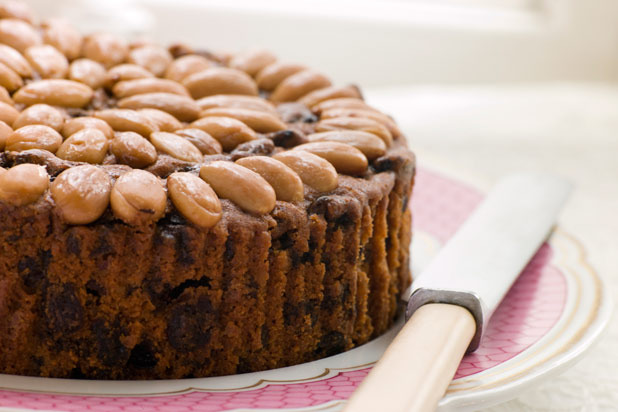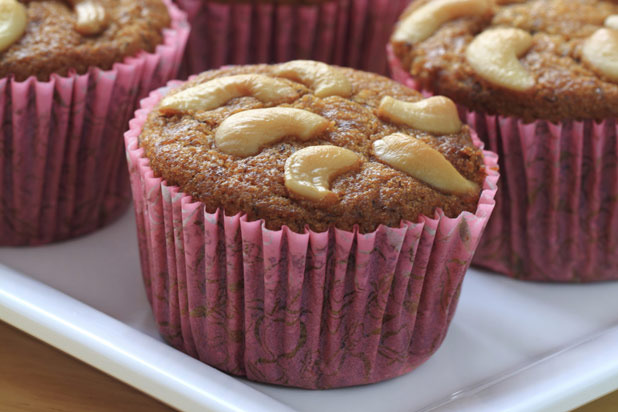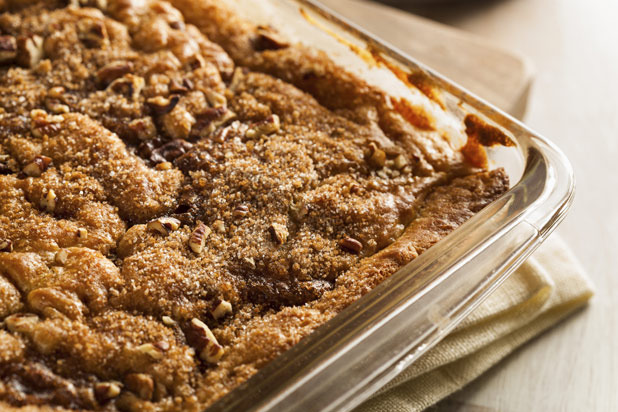14 Must-Try Decadent Cakes From Around The World (Slideshow)
Traditionally baked in wooden boxes by professional pastry makers, katsutera is a fine sponge cake created with honey and Aji Mirin (Japanese sweet rice wine), and raised only with egg foam (there's no butter or oil). The result is a hyper-delicate cake with a nearly perfect crumb finish. Its origins can be tied to the Portuguese, who landed on the southernmost island of Kyushuu in the 16th century: Fittingly, Kyushuu has some of the finest kasutera makers, reflecting a strong Portuguese influence.
Bolo de Fubá— Brazil
Crunched for time? Home bakers in Brazil often combine the ingredients for bola de fubá in a blender—and get this cornbread-based cake in the oven in less than five minutes. Whether it is made plain, or with coconut or cheese (known as bolo de fubá cremosa), bolo de fubá has a delicate, light texture that's perfect alongside a cup of coffee or with afternoon tea. Best of all, it doesn't need any icing.
Pandan Kaya — Southeast Asia
Bright emerald pandan leaves—grown widely in Southeast Asia—give this layered, airy sponge cake its gorgeous green hue, while freshly made coconut jam (called kaya) adds levels of rich sweetness. Pandan may commonly be used as an insect repellent and air freshener, but chefs in Malaysia also incorporate the leaves into baked goods, drinks and savory dishes (like pandan-wrapped chicken).
Sandkaka/ Sandkake — Sweden/ Denmark
In Swedish, sandkaka means "sand cake": But don't fret, it doesn't have a super grainy texture. Made with tons of butter, sugar, eggs and (here's the surprise) potato flour, this pound cake variation gets a boozy kick from a pour of Brandy. (We're guessing because it's so cold in Scandinavia.)
Dundee Cake — Scotland
Haggis might be Scotland's national dish, but don't miss out on the subtly sweet Dundee Cake. A popular cake in Scotland—and reputedly Mary Queen of Scots' favorite sweet—this light fruitcake, featuring bright bits of fruit like orange peel, currants and raisins and topped with blanched, chopped almonds, is a staple at Christenings and wakes alike.
Greek Fig Cake
You may have a hard time pronouncing sykomaitha (see-koh-mah-EE-tha), but this cake — stuffed with ground, dried figs, walnuts, honey and ouzo, is relatively rustic. Made in the traditional way and a specialty of the island of Corfu, these cakes are sometimes formed into patties and wrapped in fig leaves, then slow-cooked to glorious, bittersweet goodness.
Bolo Polana — Mozambique
This cashew and potato cake is a popular dessert in Mozambican cuisine, which has Portuguese, African and Asian influences (Polana is the name of a neighborhood in Maputo, Mozambique's capital). Bolo Polana cake has a rich, nutty flavor thanks to the unique marriage of potatoes (most recipes call for 1 pound!) and cashews.
Scandinavian Cardamom Coffee Cake
Thought to be invented by the Vikings (even those tough guys liked cake!), this Scandinavian staple doesn't involve coffee, but tastes great with a steaming cup of Joe. Scandinavian Cardamom Coffee Cake highlights ground cardamom and can be topped with cinnamon and pecans, then braided, shaped into a ring or made into little buns.
Turkish Tahini Cake
Tahini in dessert? Yes, it isn't just for hummus anymore: This dense, filling Turkish specialty cake contains tahini, or pure sesame seed paste, and is topped with a healthy sprinkling of sesame seeds. Available at many Turkish patisseries, it's the perfect accompaniment to Turkish coffee (duh).
Basbousa — North Africa & the Middle East
This delicious cake, also called hareesa (in Syria and Palestine) or ravani (in Greece), is made from semolina soaked in syrup (sometimes the batter contains a lovely dash of rose or orange water) and is commonly found in Egypt topped with almonds or pistachios. Yum!
Kueh Lapis — Indonesia
A cake with a thousand layers? If that sounds like a baker's worst nightmare—it is, but the sweet result (a striped dessert loaded with very thin layers incorporating spices like cinnamon, clove, mace and anise) is worth the effort. Thought to originate in the Dutch East Indies during colonial times, each layer of this delicious cake must be grilled individually to perfection, and is popular during celebrations in Indonesia and Malaysia.
Fiadone — Corsica
Move over New York, Corsica's got its own cheesecake: Whipped up to creamy perfection with brocciu, a fresh goat's or sheep's milk cheese produced on the island of Corsica similar in texture to ricotta but more intensely flavored, this rich but rustic cheesecake gets a kick from a pour of grappa and a hit of lemon zest.
Malpuas — India
Spin the globe and you'll find pancakes—India is no exception. Mouth-watering malpuas are often topped with reduced flavored milk known as rabdi (or rabri), along with sliced pistachios, while the batter is enriched by ghee (clarified butter) and spiced with crushed cardamom. Fittingly, malpuas are often served at festive occasions in the region (like Sankranti and Holi in West Bengal), and can be found in Bangladesh as well.
Tippaleipä — Finland
Oh, far-reaching funnel cakes! They never fail to make an appearance on the street food scene, and during Vappu (or May Day in Finnish), these deep-fried, powdered sugar-dusted drop-bread staples somehow manage to be light. Often, the batter for tippaleipä has a lemony flavor, which makes it a great match for sima (a mead-like, fermented lemon drink).
